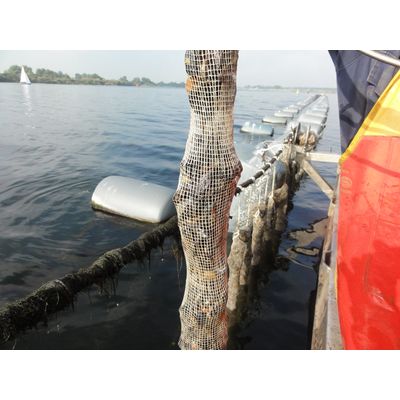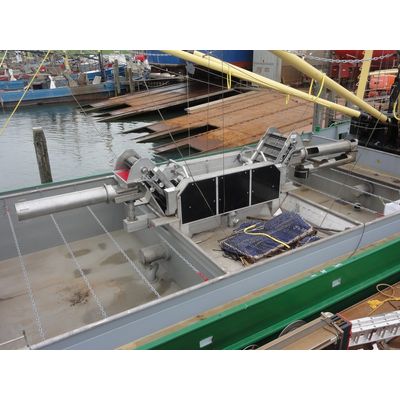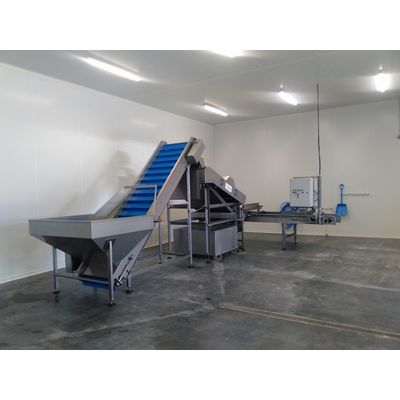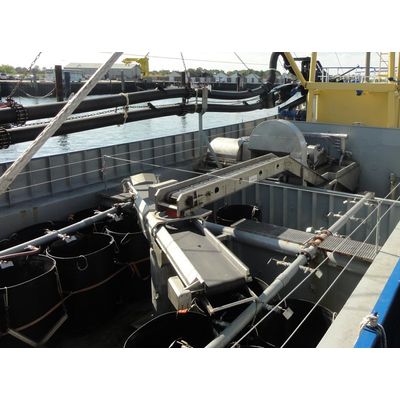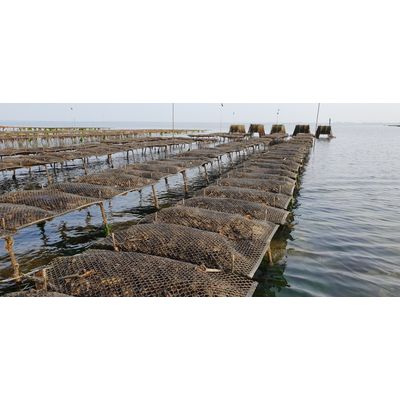
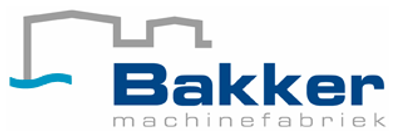
Machinefabriek Bakker B.V. products
Mussels
Longline Systems
Longline systems consist of floats that are attached along long main lines. Under the main lines, different types of rope are tied to farm mussels at different stages of the growth process.
Bottom Culture and Machines Onboard
Bottom culture + machines onboard: The traditional way of growing mussels in the Netherlands. In the Netherlands, mussels are traditionally grown on the seabed. The bottom culture consists of the growing up, breeding and fishing of mussel seed to consumption mussel on the seabed. This work is carried out with mussel fishing vessels, on which Bakker provides the necessary machinery and installations.
Mussel Processing Ashore
Mussels are usually processed ashore for consumption. Machines in mussel processing factories or in the open air carry out operations such as washing, sorting, declumping, etc. Machinefabriek Bakker supplies machines and solutions for these operations in the Netherlands but also abroad. On this page you will find a number of examples of machines and solutions.
Others
Other Shellfish
In addition to mussels and oysters, Bakker also offers solutions for other shellfish. Below are some examples. Machine line for razor clams. Machine line for razor with rotating belt. Vibrating machine to separate coocked meat from the shell. Bubbling bath with conveyor to remove sand out of the shellfish. Shell crusher for various shells installed in France. Sorting drum for clams. Sorting machine for spat. Shellfish vibratory freeder. Blower for separating empty shells. Roller grader for razor clams. Fall breaker for shellfish.
Oysters
Off Bottom Farming
Off bottom farming: As the name implies, off bottom oyster farming is farming, growing, care and harvesting of oysters at a certain height above the seabed. A few years ago, the Japanese Oyster-Drill made its appearance in the Netherlands. The predatory snail drills a hole in the shell and eats the oyster meat. Off-bottom breeding ensures that the predatory snail cannot reach the oysters and therefore the oysters are protected.

